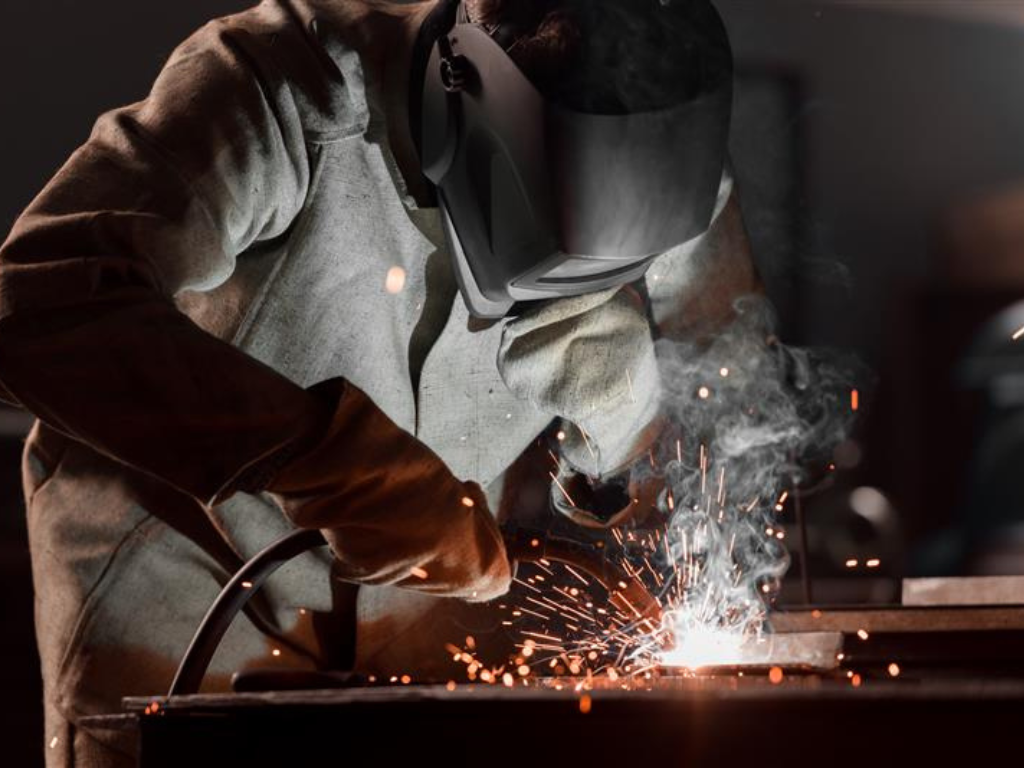Economy

AISI Study Shows Economic Impact of American Iron and Steel Industry
Written by Tim Triplett
May 30, 2018
The American iron and steel industry supports nearly two million jobs and contributes more than $520 billion to the U.S. economy, when considering the direct, indirect (supplier) and induced impacts of related commerce, claims a study released last week by the research firm John Dunham & Associates. The study also shows that the iron and steel industry generated an estimated $56 billion in federal, state and local taxes and that industry-supported workers earned more than $130 billion in wages and benefits.
The research was funded by the American Iron and Steel Institute, which is a big supporter of President Trump’s steel tariffs and efforts to curb foreign imports. The Trump administration, and AISI, have been criticized for trying to protect the jobs of fewer than 200,000 steelworkers at the expense of the millions employed in steel-consuming industries whose jobs are threatened by higher steel prices. AISI maintains the issue is not that simple.
Thomas J. Gibson, president and CEO of AISI, said the new study more accurately represents the breadth of the American iron and steel industry by including facilities active in iron ore mining, coke production, ferrous scrap processing, steel mill services, ferrous metal foundry production, steel processing and distribution, and other steel product manufacturing, in addition to iron and steel mills.
“The American iron and steel industry is a dynamic part of the U.S. economy. This comprehensive analysis provides detailed geographic breakdowns, including at the congressional district level, and is the most accurate snapshot of the full breadth of the economic impact of today’s American iron and steel industry,” Gibson said. “The results illustrate why strong, pro-manufacturing policies are needed to ensure the sustainability of an industry with such an impactful employment base and robust economic footprint.”
The manufacturing process as defined in this study begins with the production and processing of materials such as iron ore, ferrous scrap or coke, and the provision of mill services. These activities directly account for 76,000 jobs. Iron and steelmaking and the manufacturing of steel mill products such as sheet, plate, pipes and bars, directly account for another 141,000 jobs. The iron and steel industry directly accounts for another 170,000 jobs related to ferrous metal foundry production, steel processing and distribution, and other steel product manufacturing. Thus, nearly 387,000 jobs paying $34 billion dollars in wages and benefits are directly linked to the American iron and steel industry, which in total produces more than $200 billion in output, the study claims.
Numerous firms produce and sell a broad range of items to the iron and steel industry, including machinery for the production process, fuel, technology and packaging materials. In addition, supplier firms provide a broad range of services, including personnel services, financial services, advertising services, legal services and transportation services. Additional people are employed by government entities responsible for the regulation of the iron and steel industry. The study estimates that the American iron and steel industry supports 716,000 supplier jobs, paying $53 billion in wages and compensation. These suppliers generate $173 billion in economic output across 513 of the 536 individual industry sectors of the U.S. economy, the researchers say.
Finally, the study accounts for the spending by employees of the iron and steel industry and its suppliers. This spending, items including housing, food, educational services and medical care, comprises the “induced impact” of the industry. In other words, this spending, and the jobs it creates, is induced by the production and distribution of iron and steel. The study estimates that the induced impact of the industry is $143 billion, and generates 878,000 jobs paying $45 billion in wages and benefits.

Tim Triplett
Read more from Tim TriplettLatest in Economy

ISM September survey captures deepening manufacturing gloom
The Institute for Supply Management’s (ISM) latest monthly report on manufacturing reflects a bleak view of American industry in September.

Key industries concerned over government shutdown’s impact on steel, manufacturing
Trade groups cautioned that a prolonged shutdown could strain US industry.

Chicago Business Barometer catches cold winds of contraction in September
The Chicago Business Barometer's September reading indicates a softening in overall business activity in the Midwest for the third consecutive month, with new orders and backlogs retreating further.

Metalforming market sentiment takes a dive in September: PMA
Metalforming manufacturers anticipate a decrease in near-term conditions, according to the Precision Metalforming Association's (PMA) Business Conditions Report for September.

AIA: Architecture firms still under pressure
Architecture firms reported a modest improvement in billings through August, yet business conditions remained soft, according to the latest Architecture Billings Index (ABI) release from the American Institute of Architects (AIA) and Deltek.
